Mr Spock
demokratischer - sektor
- Μηνύματα
- 18.826
- Reaction score
- 52.720
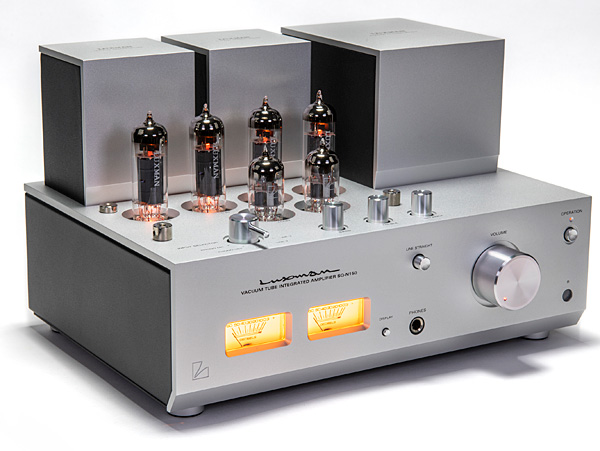
The amp's user controls are spread across its top and front panels. On the former are a rotary Input Selector switch, followed by three small potentiometers for Bass, Treble, and Balance. On the SQ-N150's front panel are twin output-level VU meters, with a single Display control button. To the right of that are a Line Straight pushbutton switch—this bypasses the tone controls—plus a Phones jack, a Volume knob (with an embedded orange LED that flashes when the volume level is changed), an on-off button labeled Operation (with its own orange LED), and an IR receiver for the remote handset
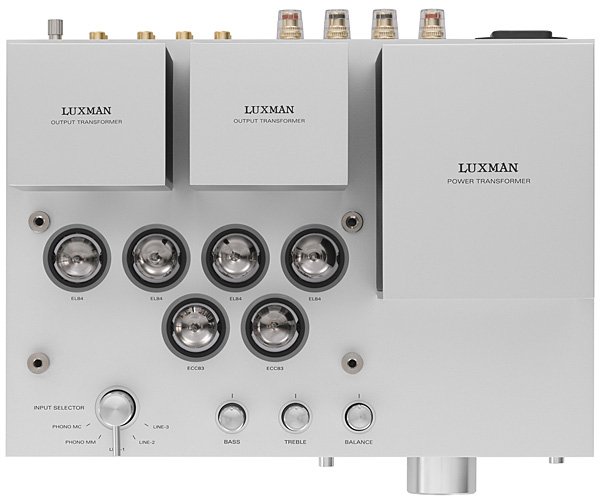
My favorite bass-range torture test track is side A of Kraftwerk's Tour De France Soundtracks (2-LP, Astralwerks ASW 91708-1, 2003). Through serene synthesizer blips and bleeps, the album travels a marathon journey of rolling melodies and chirpy drum machine rhythms. Side A culminates in a shuddering 8th-note synthesizer pattern, a stream of nearly subsonic bass notes that some amplifiers might have trouble reproducing clearly. I was surprised when the SQ-N150 replicated this sequence with good warmth and weight in a large soundstage, if not achieving the definition or detail I've heard from my reference equipment. The SQ-N150 replicated the note pattern's pulsing, strobe-like character without sacrificing its flow. Stereo images were well-proportioned in a soundstage that was wider than it was deep
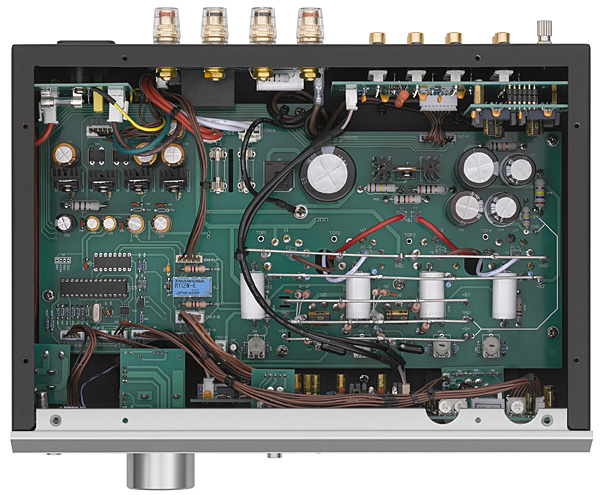
The SQ-N150 is one of the most transparent components I've had in my system. It exposed the sonic qualities of ancillary components both upstream and down. It was largely neutral, but when it did impose a personality on music, from vinyl or CD, it veered toward a crisp treble allied to a natural, fleshy, warm midrange. Acoustic and electric bass, bass drum, timpani, organ bass pedal notes, and lower-register string and brass instruments could sound soft with a lack of inner detail. But the Luxman could also surprise with full, rich bass notes, depending on the recording. While the Luxman didn't match the saturated tonal color or large images of my Shindo separates, or the low-end traction of a solid-state amplifier, it provided sweet upper frequency tonality and satisfying bass notes overall—especially so for its 10Wpc output power rating. And as a bonus, the Luxman obviously has a good phono stage and headphone output. And while the amp's 10Wpc may be suited only to speakers of high sensitivity, that narrowed field just makes the choice easier
Luxman SQ-N150, frequency response at 2.83V into: simulated loudspeaker load (gray), 8 ohms (left channel blue, right red), 4 ohms (left cyan, right magenta), 2 ohms (green) (1dB/vertical div.)
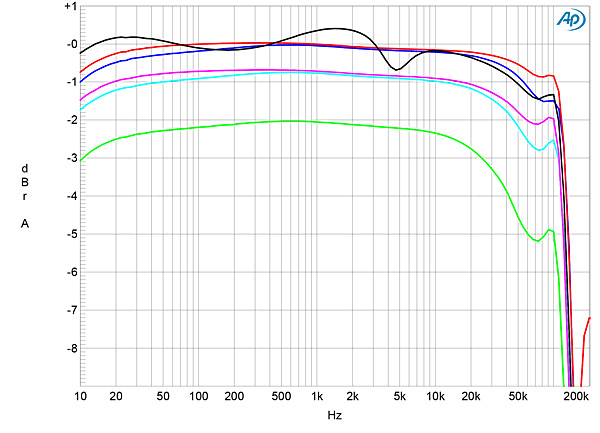
Tubed integrated amplifier with remote control. Tube complement: 4 EL84 output tubes, 2 12AX7/ ECC83 small-signal tubes. Inputs: 3 line, single-ended (RCA), phono MM/MC (RCA). Maximum power output: 10Wpc into 6 ohms (8.25dBW). Frequency response: 20Hz–20kHz ±0.5dB (phono); 20Hz–80kHz, –3dB (line). THD (1kHz, 10W into 6 ohms): 1% or less. Sensitivity/Input impedance: 3.0mV/47k ohms (phono, MM); 0.33mV/100 ohms (Phono, MC); 180mV/47k ohms (line). S/N (IHF-A): >84dB (phono, MM); >64dB (phono, MC); >95dB (line). Power consumption: 98W.

Luxman SQ-N150 integrated amplifier
Post automatically merged:
Luxman SQ-N150, MM input, response with RIAA correction (left channel blue, right red) (0.5dB/vertical div.).
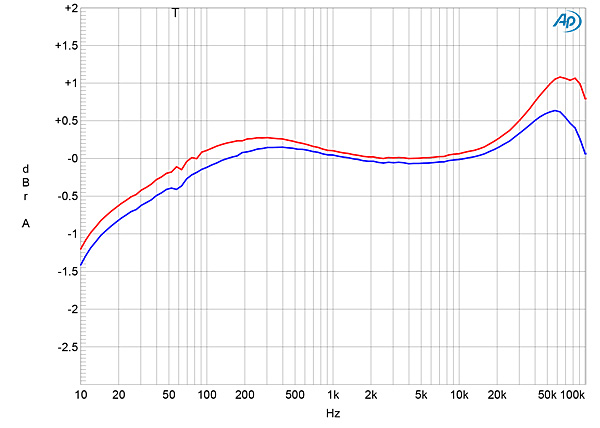
Luxman SQ-N150, frequency response at 300mV into 8 ohms with Bass and Treble controls set to "0dB," maximum, and minimum (left channel blue, right red) (5dB/vertical div.).
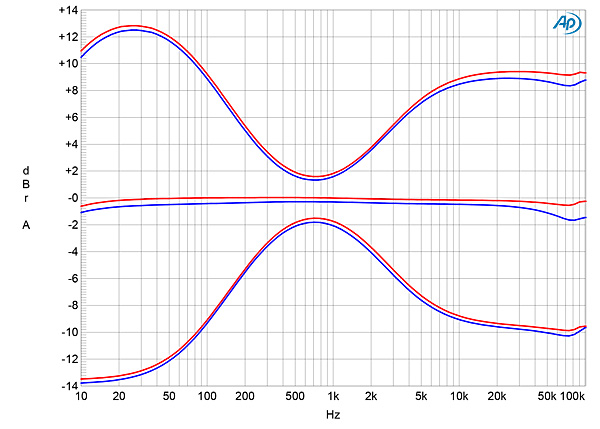
Luxman SQ-N150, THD+N (%) vs frequency at 2.38V into: 8 ohms (left channel blue, right red), 4 ohms (left cyan, right magenta).
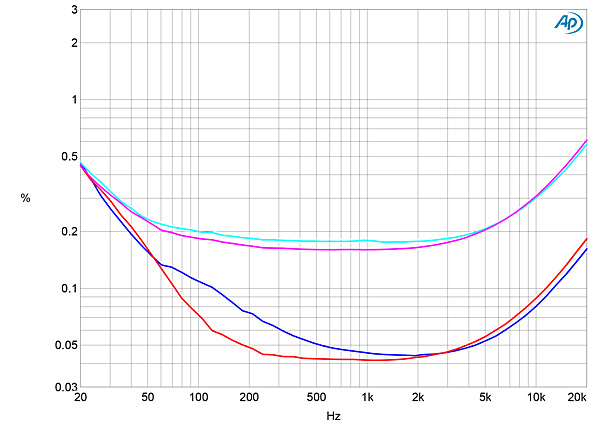
Luxman SQ-N150, HF intermodulation spectrum, DC–30kHz, 19+20kHz at 3W peak into 8 ohms (left channel blue, right red; linear frequency scale).
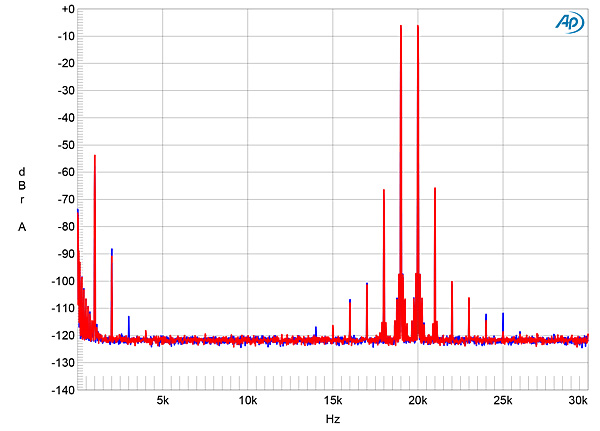
Luxman SQ-N150 integrated amplifier Measurements
Sidebar 3: Measurements Nostalgia struck when I unpacked the Luxman SQ-N150 and hoisted it onto the test bench. This compact integrated amplifier uses a pair of EL84 tubes for each channel's outputI used to own a sweet-sounding Vox AC30 guitar amplifier back in the 1960s, which also used a...


